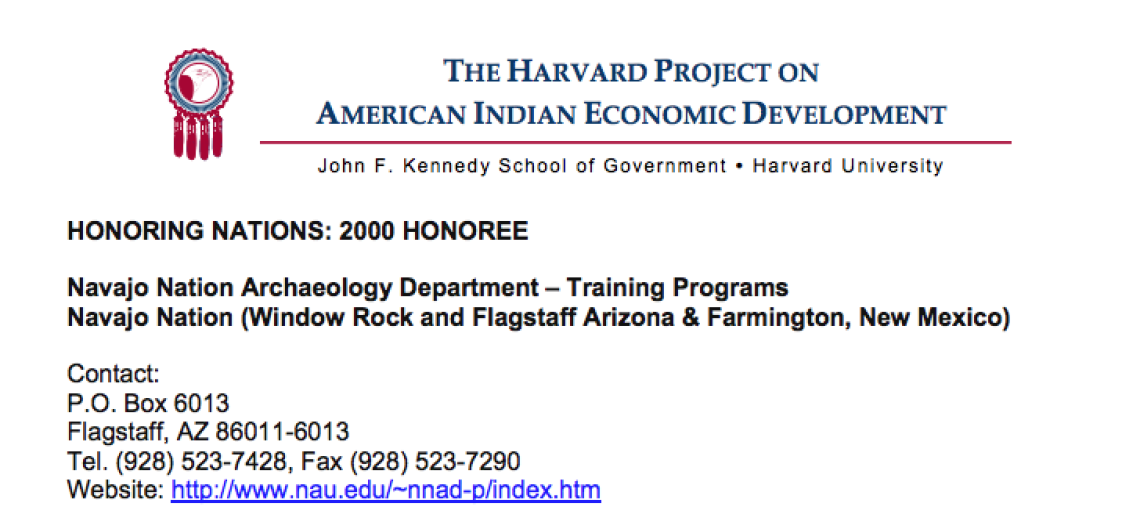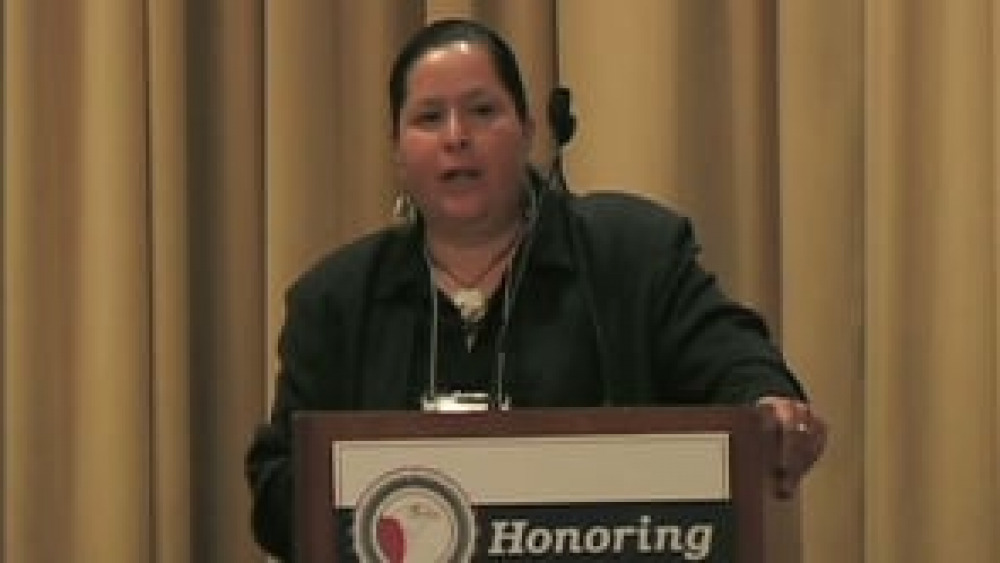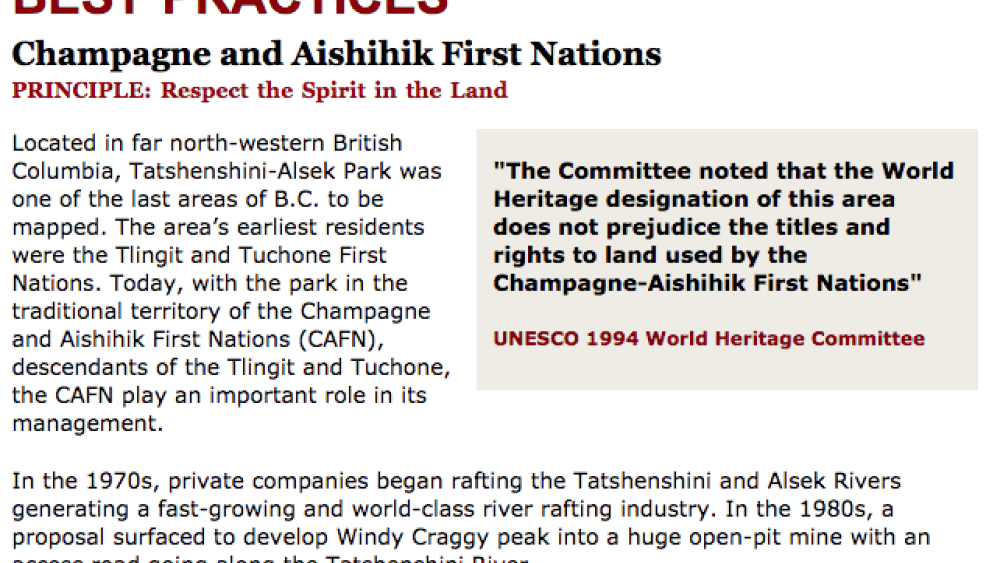The Navajo Nation Archaeology Department was created in 1977 to facilitate historic preservation on Navajo Nation lands as mandated by both US and tribal government legislation. In 1988 and again in 1993, the Department expanded to include training programs, undertaken in partnership with Northern Arizona University and Ft. Lewis College, which are designed to give Navajo students the professional skills needed to conduct these important historic preservation activities. The training programs provide field and laboratory experience to Navajo graduate and undergraduate students concentrating in anthropology or archaeology. By combining academic training with practical application on the Navajo Reservation and western technical skills with traditional Navajo knowledge and oral history, the programs are preparing a pool of qualified Native professionals to assume cultural resource positions that historically have been filled by non-Navajos.
Additional Information
"Navajo Nation Archaeology Department — Training Programs". Honoring Nations: 2000 Honoree. The Harvard Project on American Indian Economic Development, John F. Kennedy School of Government, Harvard University. Cambridge, Massachusetts. 2001. Report.




